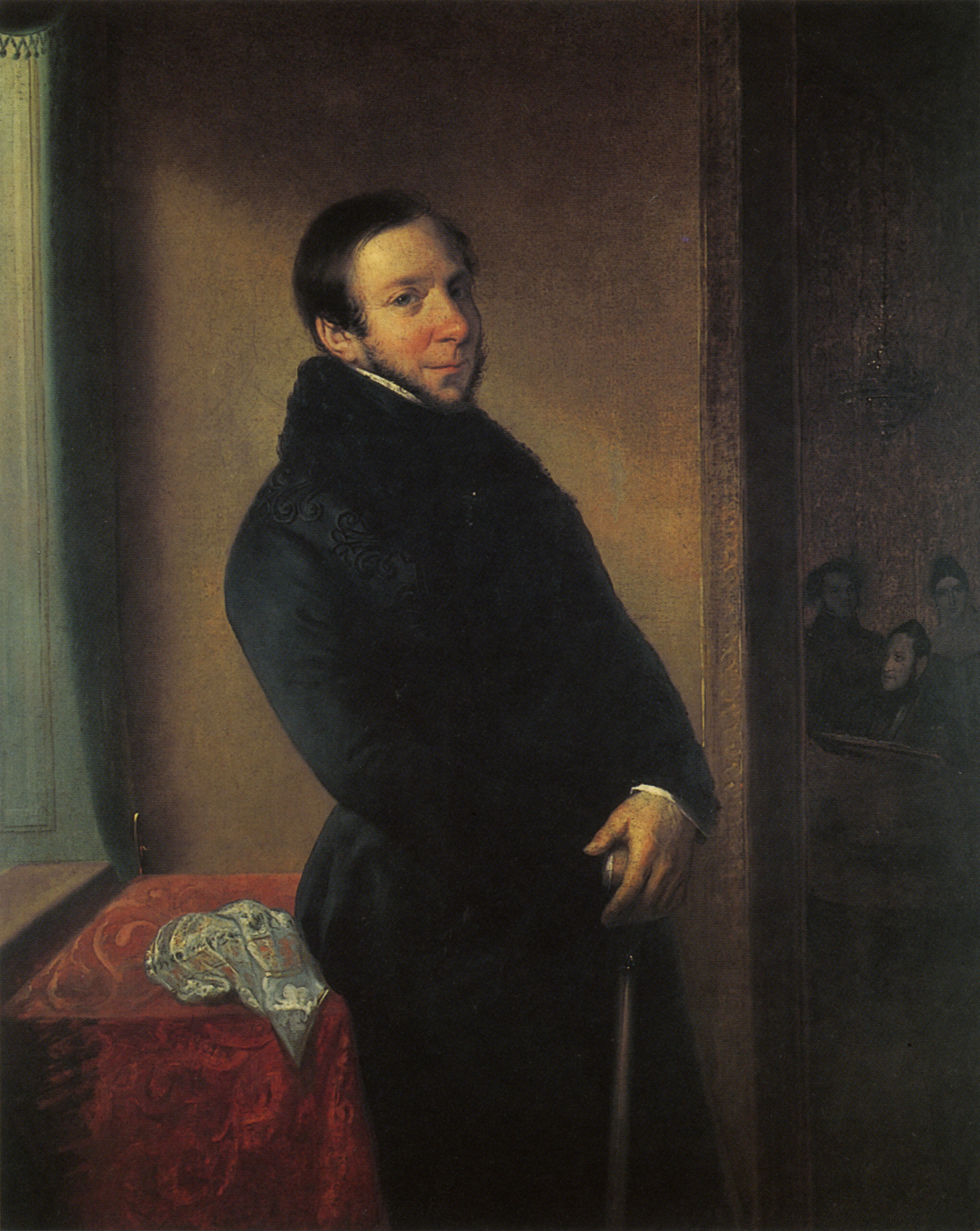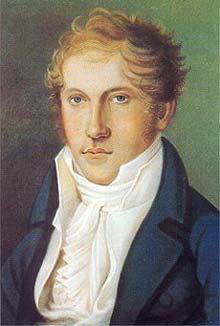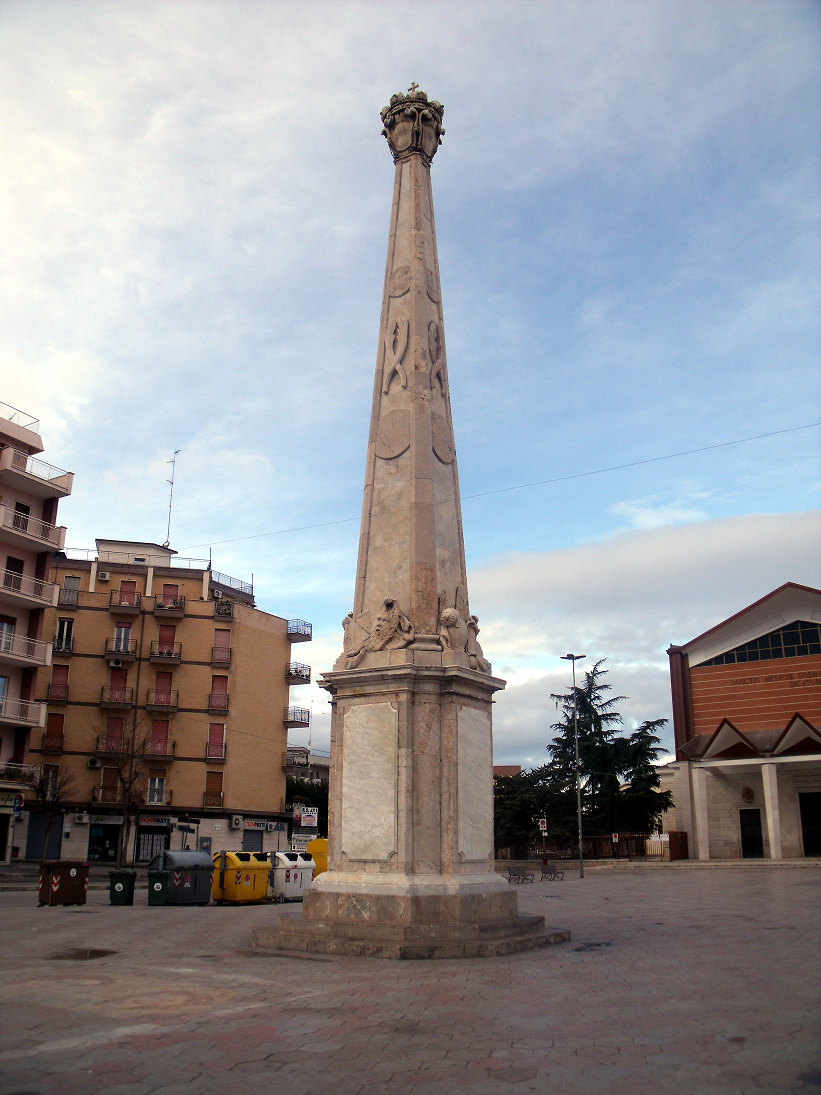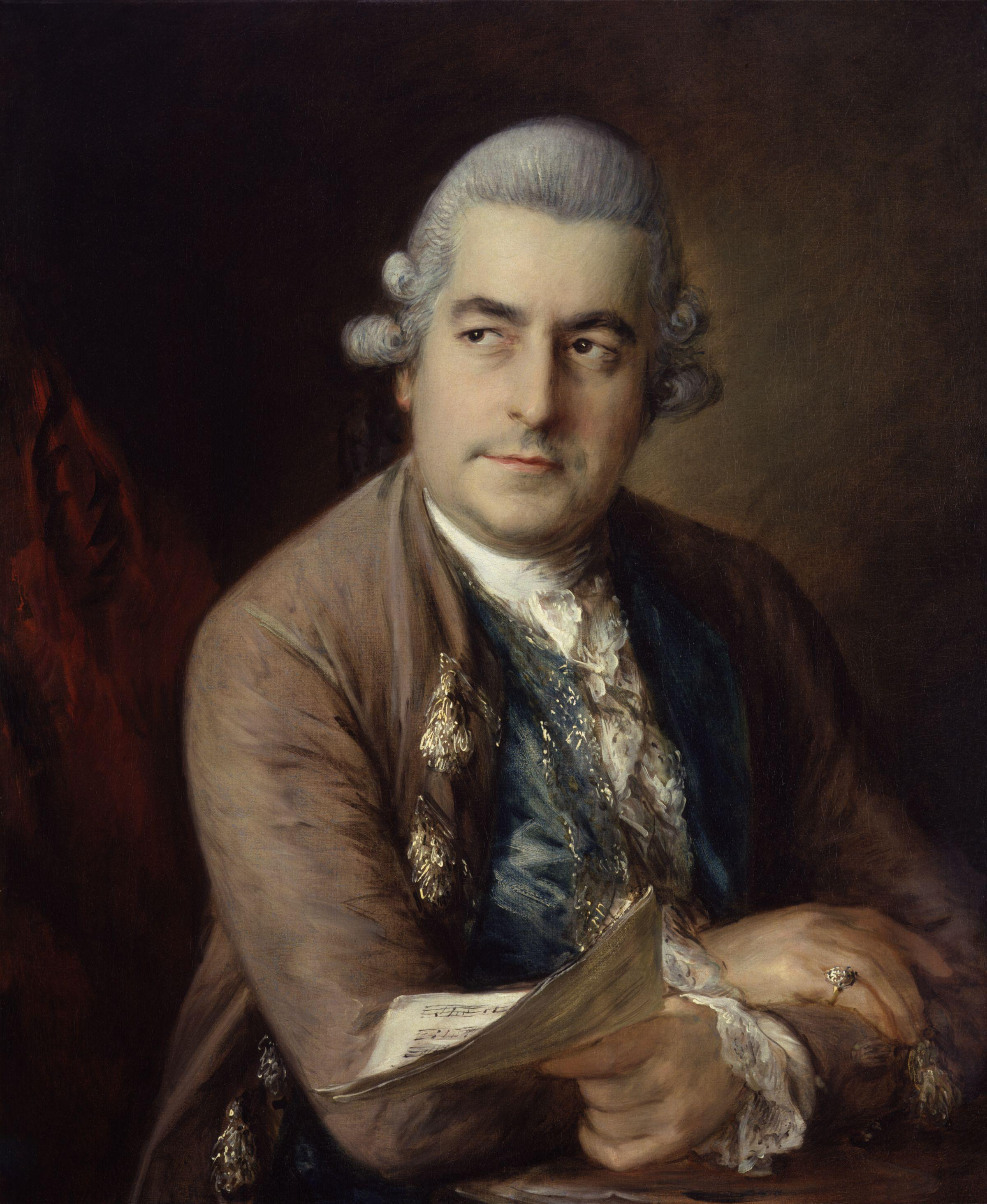|
Teatro San Carlo
The Real Teatro di San Carlo ("Royal Theatre of Saint Charles"), as originally named by the Bourbon monarchy but today known simply as the Teatro (di) San Carlo, is an opera house in Naples, Italy, connected to the Royal Palace and adjacent to the Piazza del Plebiscito. It is the oldest continuously active venue for opera in the world, having opened in 1737, decades before either Milan's La Scala or Venice's La Fenice."The Theatre and its history" on the Teatro di San Carlo's official website. (In English). Retrieved 23 December 2013 The opera season runs from late November to July, with the ballet season taking place from December to early June. The house once had a seating capacity of 3,285, but has now been reduced to 1,386 seats. Given its size, structure and antiquity, it was the model for theatres that wer ... [...More Info...] [...Related Items...] OR: [Wikipedia] [Google] [Baidu] |
Metastasio
Pietro Antonio Domenico Trapassi (3 January 1698 – 12 April 1782), better known by his pseudonym of Pietro Metastasio (), was an Italian poet and librettist, considered the most important writer of ''opera seria'' libretti. Early life Metastasio was born in Rome, where his father, Felice Trapassi, a native of Assisi, had taken service in the Corsican regiment of the papal forces. Felice married a Bolognese woman, Francesca Galasti, and became a grocer in the ''Via dei Cappellari''. The couple had two sons and two daughters; Pietro was the younger son. Pietro, while still a child, is said to have attracted crowds by reciting impromptu verses on a given subject. On one such occasion in 1709, two men of distinction stopped to listen: Giovanni Vincenzo Gravina, famous for legal and literary erudition as well as his directorship of the Arcadian Academy, and Lorenzini, a critic of some note. Gravina was attracted by the boy's poetic talent and personal charm, and made Pietro h ... [...More Info...] [...Related Items...] OR: [Wikipedia] [Google] [Baidu] |
Domenico Barbaia
Domenico Barbaia (also spelled Barbaja; 10 August 1777 – 19 October 1841) was best known as an opera Italian impresario. An energetic man, Barbaia, who was born in Milan, began his career by running a coffee shop. He made his first fortune by creating (or at least taking the credit for creating) a special kind of coffee with frothing milk, the " Barbajada", probably the first "cappuccino." This drink, and a variation with hot chocolate like Bicerin, became so popular in Milan that the erstwhile waiter was able to open a string of coffee houses in the city that all featured his novel concoction. Barbaia made his second fortune by buying and selling munitions during the Napoleonic wars. Also, after the French re-allowed gambling as they advanced southwards in Italy, he became involved in the operations as a card dealer at the La Scala opera house, but quickly achieved the position of sub-contractor to run the entire gaming operation of the house in 1805. With his eyes on contr ... [...More Info...] [...Related Items...] OR: [Wikipedia] [Google] [Baidu] |
Isabella Colbran
Isabella Angela Colbran (2 February 1785 – 7 October 1845) was a Spanish opera soprano and composer. She was known as the muse and first wife of composer Gioachino Rossini. Early years Colbran was born in Madrid, Spain, to Giovanni Colbran, King of Spain Carlo III's head court musician and violinist, and Teresa Ortola. She started her musical studies as a singer and composer at the age of six with composer and cellist Francisco Parjea, castrato Carlo Martinelli, and famous castrato and composer Girolamo Crescentini. In 1801, Colbran and her father moved to Paris where she made her concert debut and was warmly received by Napoleon's court. Both of them traveled to Italy, going to Milan, Venice, Rome, before settling and moving permanently to Naples. She inherited land in Sicily and a villa in Castenaso in 1820, after her father's death. Opera career Colbran's dramatic soprano voice and sizable three octave range allowed her to have extremely successful opera career. She wa ... [...More Info...] [...Related Items...] OR: [Wikipedia] [Google] [Baidu] |
Louis Spohr
Louis Spohr (, 5 April 178422 October 1859), baptized Ludewig Spohr, later often in the modern German form of the name Ludwig, was a German composer, violinist and conductor. Highly regarded during his lifetime, Spohr composed ten symphonies, ten operas, eighteen violin concerti, four clarinet concerti, four oratorios, and various works for small ensemble, chamber music, and art songs.Clive Brown. "Spohr, Louis." Grove Music Online. Oxford Music Online. 18 May 2012 Spohr invented the violin chinrest and the orchestral rehearsal mark. His output spans the transition between Classical and Romantic music, but fell into obscurity following his death, when his music was rarely heard. The late 20th century saw a revival of interest in his oeuvre, especially in Europe. Life Spohr was born in Braunschweig in the duchy of Brunswick-Wolfenbüttel to Karl Heinrich Spohr and Juliane Ernestine Luise Henke, but in 1786 the family moved to Seesen. Spohr's first musical encouragement ca ... [...More Info...] [...Related Items...] OR: [Wikipedia] [Google] [Baidu] |
Angelo Carasale
Angelo Carasale (died 1742) was an Italian architect, active mainly in Naples. He held the primary responsibility for designing the elaborate furnishings of the Teatro di San Carlo, which was the new opera house in Naples in 1737. Alexandre Dumas recounts the commonly repeated, yet likely apocryphal, tale that the king was so taken by the beauty of the theatre that he personally presented Carasale to the public for applause, remarking that the only thing lacking from the new theater was a private passageway for royalty from the adjacent Royal Palace. The anecdote continues by stating that, a few hours later, at the end of the performance of the opera '' Achille in Sciro'' by Domenico Sarro, Carasale approached the king and notified him that the passageway was ready. Carasale subsequently served as impresario An impresario (from the Italian ''impresa'', "an enterprise or undertaking") is a person who organizes and often finances concerts, plays, or operas, performing a role ... [...More Info...] [...Related Items...] OR: [Wikipedia] [Google] [Baidu] |
Giovanni Antonio Medrano
Giovanni Antonio Medrano (1703–1760) was a Sicilian born in Sciacca (rather than in Palermo) in 1703, and who had entered the service of Spain in 1719 as a Military Architect, although it is probable that he had already joined the army of the Marquis of Verboom Jorge Próspero de Verboom, in the Sicilian campaign of 1718, since in December of that same year he appeared as extraordinary engineer and sub-lieutenant of this body, and in 1720 he worked in the Principality of Catalonia. He reappears in 1729, when Medrano was commissioned to organize the roads for the journey of the royal family, headed by Philip V and Isabel de Farnese, from Madrid to Seville. He became a brigadier in the army of Charles of Bourbon, while he was king of the Two Sicilies. Following the Battle of Bitonto in 1734, Charles had Medrano construct a commemorative obelisk in Bitonto. Medrano’s career is particularly studied, from his stay in Seville as a teacher for the royal princes, and his influen ... [...More Info...] [...Related Items...] OR: [Wikipedia] [Google] [Baidu] |
Catone In Utica
''Catone in Utica'' (; ) is an opera libretto by Metastasio, that was originally written for Leonardo Vinci's 1727 opera. Following Vinci's success, Metastasio's text was used by numerous composers of the baroque and classical eras for their own operas, including Pietro Torri (1736), Antonio Vivaldi (1737), Giovanni Battista Ferrandini (1753) and J. C. Bach (1761). History Before Metastasio's ''Catone in Utica'' libretto, Cato the Younger had already been the subject of following operas: * ''Catone il giovane'', by Bartolomeo Monari, libretto by (Bologna 1688)Domenico Pietropaolo, Mary Ann Parker (2011)''The Baroque Libretto: Italian Operas and Oratorios in the Thomas Fisher Library at the University of Toronto''.University of Toronto Press. , p.&nbs109/ref> * ''Catone Uticensi'', by Carlo Francesco Pollarolo (Venice 1701) * ''Cato'', German opera by Reinhard Keiser, text after Matteo Noris (Hamburg 1715) Metastasio wrote ''Catone in Utica'' in Italian, as a librett ... [...More Info...] [...Related Items...] OR: [Wikipedia] [Google] [Baidu] |
Johann Christian Bach
Johann Christian Bach (September 5, 1735 – January 1, 1782) was a German composer of the Classical era, the eighteenth child of Johann Sebastian Bach, and the youngest of his eleven sons. After living in Italy for several years, Bach moved to London in 1762, where he became known as "the London Bach". He is also sometimes known as "the English Bach", and during his time spent living in the British capital, he came to be known as John Bach. He is noted for playing a role in influencing the concerto styles of Haydn and Mozart. He contributed significantly to the development of the new sonata principle. Life Johann Christian Bach was born to Johann Sebastian and Anna Magdalena Bach in Leipzig, Germany. His distinguished father was already 50 at the time of his birth—an age gap exemplified by the sharp differences in the musical styles of father and son. Even so, father Bach instructed Johann Christian in music until his death in 1750. After his father's death, he worked ( ... [...More Info...] [...Related Items...] OR: [Wikipedia] [Google] [Baidu] |
Christoph Willibald Gluck
Christoph Willibald (Ritter von) Gluck (; 2 July 1714 – 15 November 1787) was a composer of Italian and French opera in the early classical period. Born in the Upper Palatinate and raised in Bohemia, both part of the Holy Roman Empire, he gained prominence at the Habsburg court at Vienna. There he brought about the practical reform of opera's dramaturgical practices for which many intellectuals had been campaigning. With a series of radical new works in the 1760s, among them '' Orfeo ed Euridice'' and '' Alceste'', he broke the stranglehold that Metastasian ''opera seria'' had enjoyed for much of the century. Gluck introduced more drama by using orchestral recitative and cutting the usually long da capo aria. His later operas have half the length of a typical baroque opera. Future composers like Mozart, Schubert, Berlioz and Wagner revered Gluck very highly. The strong influence of French opera encouraged Gluck to move to Paris in November 1773. Fusing the traditions ... [...More Info...] [...Related Items...] OR: [Wikipedia] [Google] [Baidu] |
Pietro Righini
Pietro Righini (2 August 1683 - 20 December 1742) was an Italian architect and scenic designer. Born in Parma, he was active as a scenic designer with both the Teatro Regio di Torino and the Teatro di San Carlo The Real Teatro di San Carlo ("Royal Theatre of Saint Charles"), as originally named by the Bourbon monarchy but today known simply as the Teatro (di) San Carlo, is an opera house in Naples, Italy, connected to the Royal Palace and adjacent .... He painted the scenes to '' Bajazet'' and the ''Nino Drammi'' by Francesco Gambarini in 1719-1720. Among his pupils is Vincenzo Dal Rè. by Metropolitan Museum of Art (New York, N.Y.), Mary L. Myers, page 41. References [...More Info...] [...Related Items...] OR: [Wikipedia] [Google] [Baidu] |
Gaetano Grossatesta
Gaetano (anglicized '' Cajetan'') is an Italian masculine given name. It is also used as a surname. It is derived from the Latin ''Caietanus'', meaning "from ''Caieta''" (the modern Gaeta). The given name has been in use in Italy since medieval period, although it also remained in use as a byname indicating people from Gaeta, as in Thomas Cajetan or ''Gaetanus'' (1469–1534). The modern given name can be traced to Saint Gaetano dei Conti di Tiene (1480–1547) who was canonized in 1671. Other variants of the name exist in other Romance languages, the French form of the name is ''Gaëtan, Gaétan'', the Portuguese form is ''Caetano'', and the Spanish form is ''Cayetano''. The feminine form is ''Gaetana'' (also ''Caetana'' and ''Cayetana''). People with the given name ''Gaetano'' Clergy and religious figures * Pope Nicholas III (Giovanni Gaetano Orsini), Pope from 1277–1280 * Thomas Cajetan (Tomasso de Vio Cardinal Cajetan), (1469 – 1534), Italian philosopher, theo ... [...More Info...] [...Related Items...] OR: [Wikipedia] [Google] [Baidu] |







